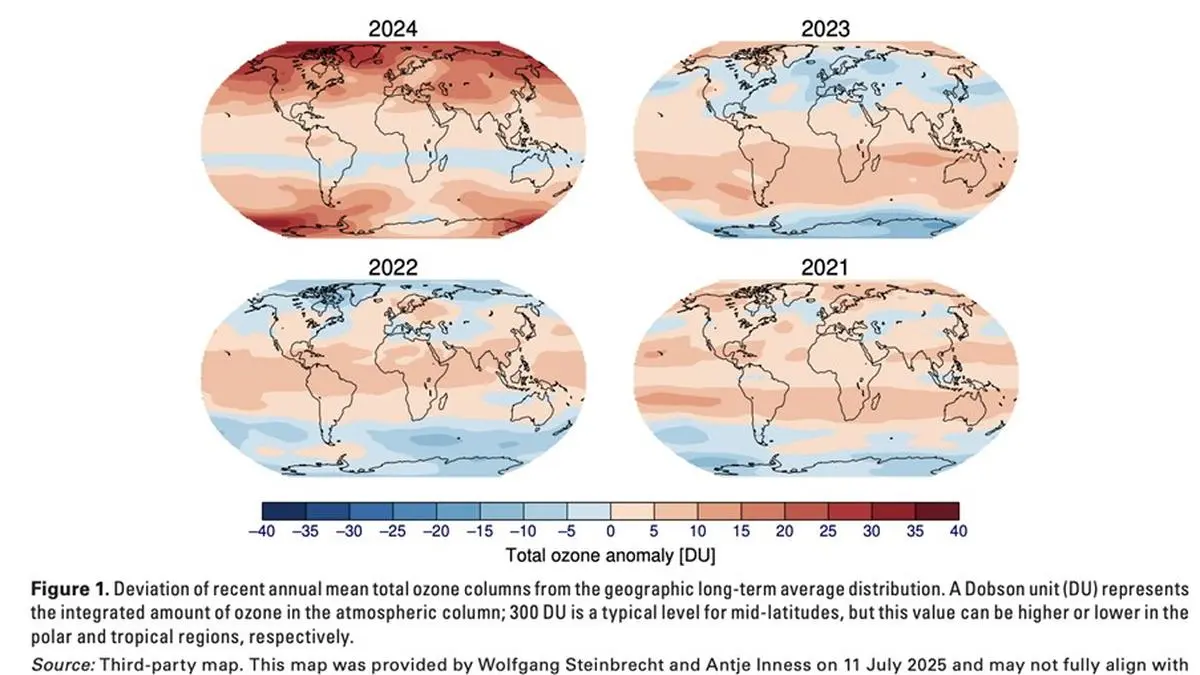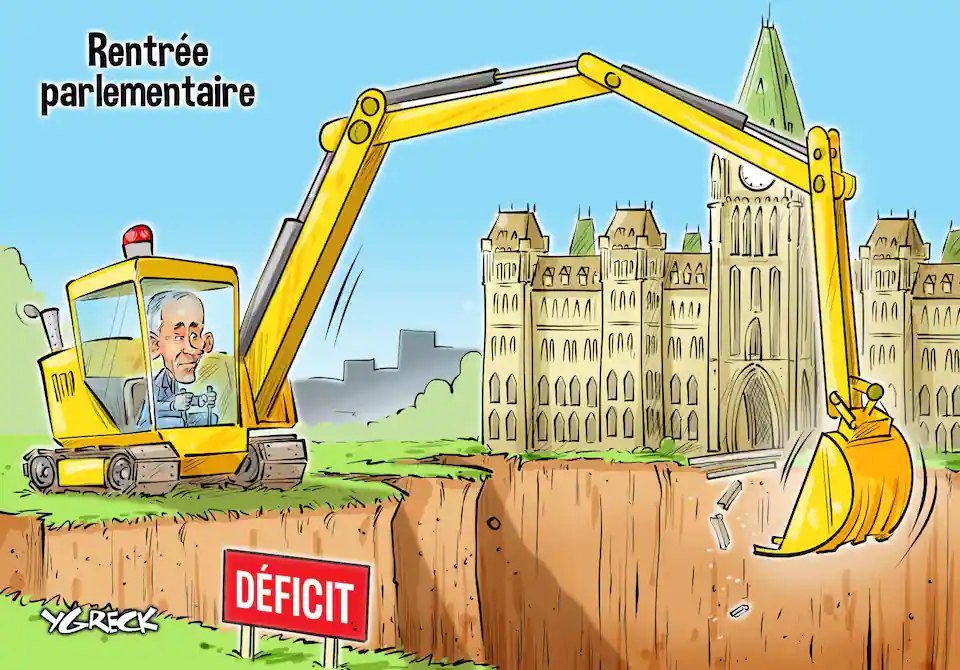By Srikrishnan Pc
Copyright thehindubusinessline

The Earth’s protective ozone layer is steadily healing, and the ozone hole in 2024 was smaller than in previous years, according to a World Meteorological Organisation (WMO) report.
The WMO Ozone Bulletin 2024 reported that the reduced ozone depletion observed in 2024 was partly due to natural atmospheric factors that cause fluctuations. However, the sustained positive trend reflects the impact of co-ordinated global efforts.
The WMO Ozone Bulletin was released on 16 September for World Ozone Day and the 40th anniversary of the Vienna Convention.
“Forty years ago, nations came together to take the first step in protecting the ozone layer — guided by science, united in action,” said United Nations Secretary-General António Guterres.
“The Vienna Convention and its Montreal Protocol became a landmark of multilateral success. Today, the ozone layer is healing. This achievement reminds us that when nations heed the warnings of science, progress is possible,” he said.
To date, the Montreal Protocol has led to the phase-out of more than 99 per cent of the production and consumption of controlled ozone-depleting substances, which were commonly used in refrigeration, air conditioning, firefighting foam and even hairspray. As a result, the ozone layer is now on course to recover to 1980s levels by mid-century, significantly lowering the risks of skin cancer, cataracts, and ecosystem damage caused by excessive UV exposure.
Sustainable goals
“Despite the success of the Montreal Protocol in the intervening decades, this work is not yet finished, and there remains an essential need for the world to continue careful systematic monitoring of both stratospheric ozone and of ozone-depleting substances and their replacements,” said Matt Tully, Chair of WMO’s Scientific Advisory Group on Ozone and Solar UV Radiation.
Compared to previous years, the total stratospheric ozone cover was greater over much of the globe, according to the WMO Bulletin.
The depth of the 2024 Antarctic ozone hole – which forms over the Antarctic every spring – was below the 1990-2020 average, with a maximum ozone mass deficit (OMD) of 46.1 million tonnes on 29 September. It was smaller than the unusually large holes seen between 2020 and 2023.
Its onset was slower than usual, and ozone depletion remained delayed throughout September, followed by a faster recovery after the maximum deficit was reached.
“This persistent later onset has been identified as a robust indication of initial recovery of the Antarctic ozone hole,” said the Bulletin.
Kigali Amendment
Another article in the Bulletin traces the history and developments in the Vienna Convention and Montreal Protocol and the subsequent Kigali Amendment in 2016, which obligated signatories to reduce hydrofluorocarbons, potent greenhouse gases used as alternatives to ozone-depleting substances.
With the Amendment ratified by 164 parties so far, the phase-down is advancing according to the agreed timelines and is expected to prevent up to 0.5 °C of global warming by the end of the century.
Ozone recovery
If current policies continue, the ozone layer is expected to return to 1980 values (before the ozone hole appeared) by around 2066 over the Antarctic, by 2045 over the Arctic and 2040 for the rest of the world, according to the most recent assessment in 2022. The next assessment is scheduled for 2026.
Published on September 16, 2025



